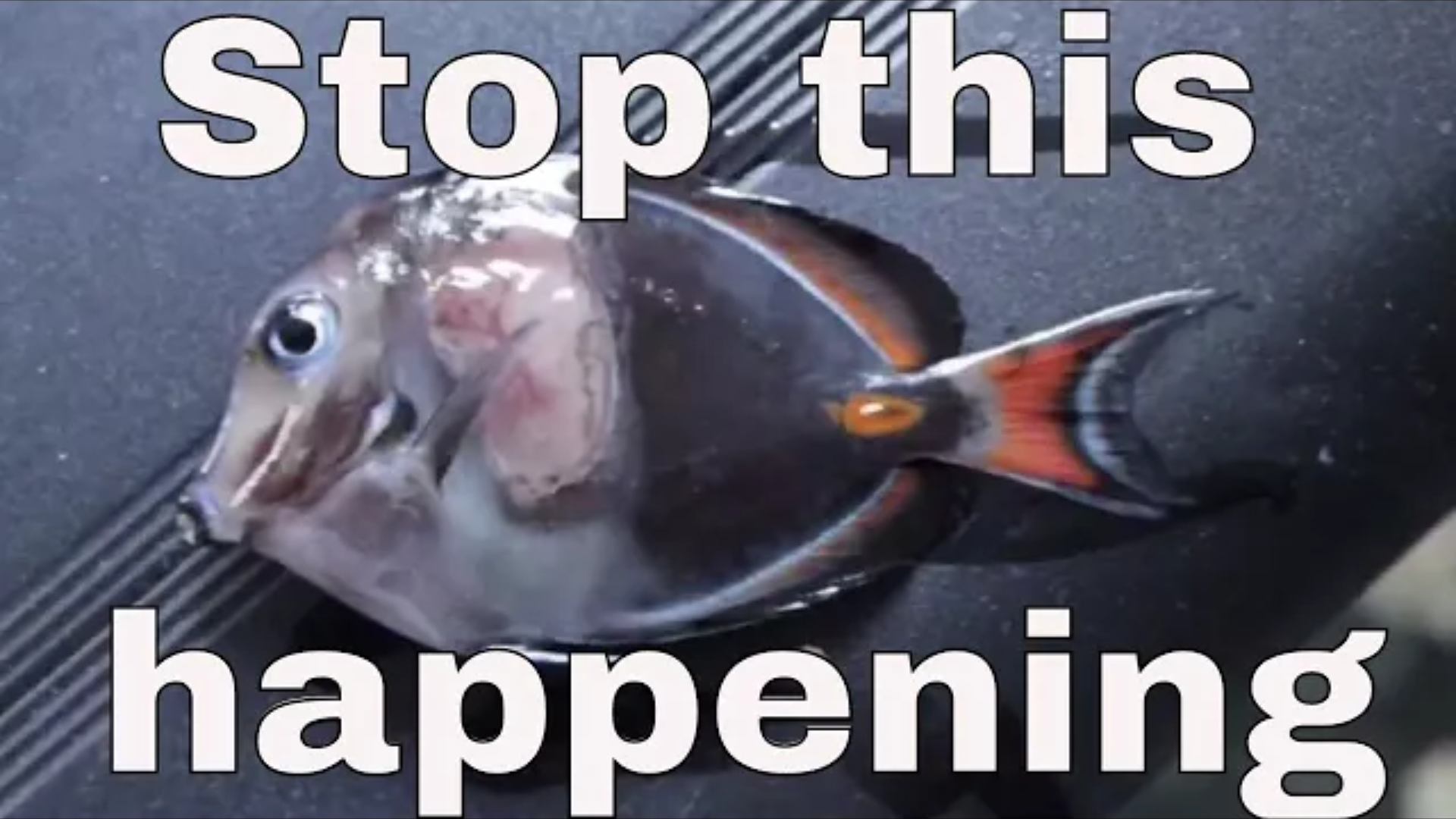Achilles Tang: do you want one in your reef tank?
- Oct 18, 2020
- Anshika Mishra
- 1542 0 0

Achilles Tang (ACANTHURUS ACHILLES)
There is one cancerous tank which is often considered above all the rest. Unfortunately, it can be both extremely desirable but also extremely difficult to keep; this would be the Achilles Tang. Although disputable a couple of the less desirable but equally frustrating tangs from the same family; the Powder Blue and the Convict Tang; both the fishes have similar tank requirements.
Tempting fish
These fish are easy to recognize due to their pitch-black oval bodies, the dawn with an orange teardrop and this creates a striking contrast. It is a fish on the top of many people's fish list, however, most people manage to resist the temptation due to their high price tag and low survival rate in captivity.
This poor survival rate is usually a result of two major issues;
- The first being prone to the hunger strike.
- The second being prone to white spots.
If you are thinking about purchasing one, you really need to plan your tank around it. They can be very aggressive active swimmers. Therefore they need a considerable size tank with very selective tankmates. Peaceful enough to not cause it stress but robust enough to be able to deal with mood swings.
Square Tank or Rectangular Tank
Swiming distance is more important than water volume, therefore a rectangular tank is preferred over a cube, which provides them the chance of stretching their fins.
Flow
Something which is often overlooked which is vital for their long-term success is strong varied flow. In the wild, these fishes are often found grazing in high flow water, replicating it in our tank may be the key to keep them alive for a longer duration.
The Problems
They have a very bad attitude when it comes to fellow tankmates. Once established it is not uncommon for them to kill the new editions. This is the same with a majority of the members from that branch of the Tang family. As always there are some exceptions to that rule with Vampire Tangs generally being the most peaceful relative.
Selecting a specimen
When selecting a fish, a specimen which is between 3-5 inches is ideal. Smaller specimens often have a problem surviving the shipping process, while the larger one finds it difficult, adapting to a life in captivity. Be sure to select one which is
- Actively swimming
- Inspect them closely for any signs of white spot
- Ensure that you see them feeding well
Assuming you find a specimen that tick all these boxes, it is strongly advised that you still quarantine this species. This gives you the chance to monitor its behavior while also allowing the fish to acclimatize in the peace and comfort of an empty tank.
Picky Feeders
Quarantine also gives you a chance to offer a variety of food, which the fish can taste at its own pace without any competition. This fish can be very picky feeders; eating one day and then ignoring the food the next.
Another key to success is to get them to eat multiple foods. This will provide the food with a more nutritious diet, further strengthening the immune system. And if one day it decides it is not interested in this food anymore you have a range of other options to try.
Live Rocks
Plenty of live rock is a must as it will cruise work all day picking algae. Please be aware that when you make this purchase, a white spot outbreak is a virtually unavoidable therefore cleaner shrimp and cleaner wrasse make wise tankmates. They won't completely stop an outbreak just help to slow it down.
White Spots
Recent studies show that removing cleaner Wrasse from a reef can have a significant detrimental impact. So, it might be wise to leave them in the ocean and go for the shrimp option instead. Once a fish has developed a White spot you need to decide when the appropriate time to act is.
Stress causes the mucus layer the fish produces to become thinner, allowing the parasite to attach, removing decorations from the display tank can be incredibly stressful which can cause more harm than good sometimes.






About author